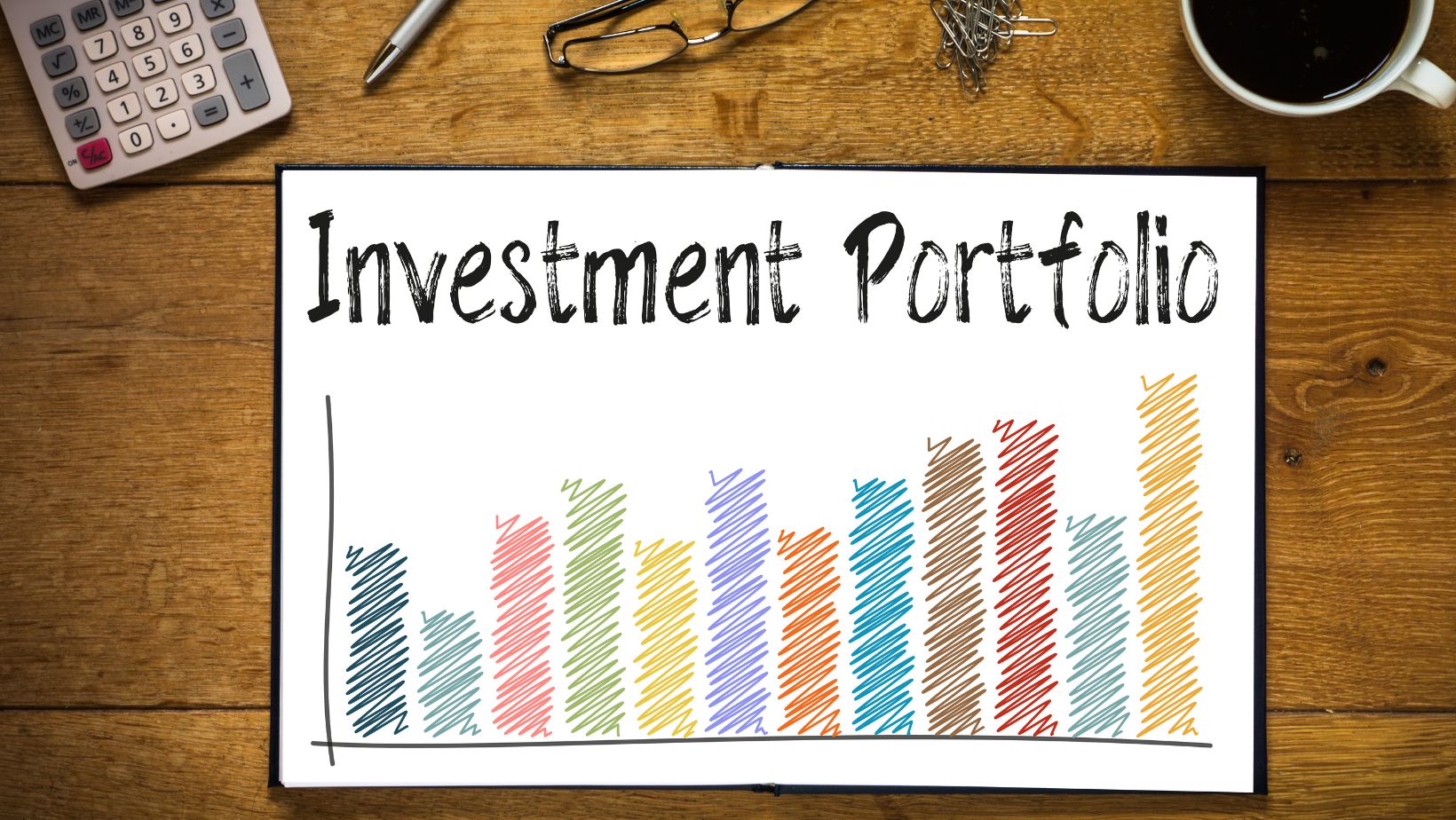Saving money is a great first step toward financial security, but it’s not the end goal. Albert emphasizes the importance of taking the next step—moving from saving to investing. With the right saving tips, you can grow wealth more effectively and meet long-term financial goals.
This guide will show you how to transition from saving to investing, explore diverse options, and manage risks smartly.
The Shift from Saving to Investing
Saving focuses on preserving money while investing helps grow it. A savings or money market account keeps funds safe and liquid, but the returns are minimal compared to investments. Transitioning to investment options such as mutual funds, exchange-traded funds (ETFs), and actively managed funds allows your money to work for you.
Investing comes with risks, but the potential rewards outweigh them. You can manage risks with strategies like dollar-cost averaging and portfolio diversification while targeting higher returns. Moving into investments is not about abandoning saving but complementing it with wealth-building methods aligning with your financial goals.
Why Start Investing Early
Starting to invest early gives your money more time to grow through compounding. For example, investing $1,000 annually at an 8% return can increase to $215,000 in 30 years. Delaying by just five years could reduce this to $146,000.
Early investing also helps develop discipline and provides the flexibility to explore different investment strategies, such as value and growth investing. As your risk tolerance evolves, you can adjust your portfolio to balance fixed income and growth assets.
Understanding Investment Strategies for Beginners
Beginners can feel overwhelmed when exploring investing options, but starting simple is key. Index funds and ETFs are great choices as they offer diversification at a low cost. Mutual and money market funds provide wealth management and stability for cautious investors.
Dollar-cost averaging is another beginner-friendly strategy. It involves investing a fixed amount regularly, reducing the impact of market volatility. For instance, contributing $100 monthly to a brokerage account ensures steady progress toward your goals while mitigating the risk of timing the market.
Portfolio Diversification
Portfolio diversification spreads investments across different asset classes to minimize risks. For example, combining stocks, bonds, and real estate balances potential losses in one area with gains in another.
Consider splitting investments among actively managed funds, index funds, and ETFs. This mix helps balance risk tolerance with growth potential. A well-diversified portfolio reduces exposure to market fluctuations and enhances long-term wealth management.
The Role of Financial Goals in Investment Planning
Setting financial goals gives direction to your investment strategies. Short-term goals like car buying might require safer options like savings or market accounts. Higher-risk options like the stock market offer better returns for long-term goals like retirement.

Albert emphasizes aligning investments with personal priorities. Use a guide like this on setting financial goals to ensure every investment supports your overall plan.
Popular Investment Accounts and How to Use Them
Investment accounts come in various forms, each serving unique purposes:
- Brokerage accounts: Ideal for stocks, ETFs, and index funds.
- Retirement accounts: Tax-advantaged options like IRAs and 401(k)s for long-term goals.
- Education savings accounts, such as 529 plans, are designed to fund education expenses.
Start investing with accounts that align with your goals. For instance, value investors might prefer brokerage accounts, while growth investors could explore tax-advantaged accounts for long-term growth.
Balancing Risk Tolerance with Wealth Management
Understanding your risk tolerance is essential for creating a stable investment portfolio. Conservative investors may lean toward fixed-income or money funds, while those with higher tolerance might prefer momentum investing or stock market opportunities.
Risk tolerance evolves with age, experience, and financial goals. Resources like this guide to financial responsibility can help assess risk levels and ensure responsible decision-making.
Investing Options
Begin investing with options tailored to your financial needs:
- Index Funds and ETFs: Cost-effective for beginners.
- Mutual Funds: Professionally managed for a balanced approach.
- Dividend Stocks: For steady income. Learn more here.
- Real Estate or REITs: Adds tangible assets to your portfolio.
Evaluate each option to build a portfolio that meets your wealth management goals.
Comparing Investment Returns Over 10 Years
| Investment Type | Average Annual Return | Example of Growth on $10,000 |
| Savings Account | 0.5% | $10,511 |
| Money Funds | 1.5% | $11,605 |
| Index Funds | 7% | $19,671 |
| Actively Managed Funds | 5% | $16,289 |
Tracking and Adjusting Your Investment Portfolio
Regularly reviewing your investments ensures alignment with goals and market conditions. Rebalance your portfolio annually to maintain desired allocations. For example, sell some to restore balance if stocks outperform and dominate 70% of your portfolio.

Use investment advice from trusted sources and tools to manage your investments better—platforms offering performance insights help refine strategies and optimize returns.
Final Words
Transitioning from saving to investing is a smart move for financial growth. You can achieve your financial goals with diverse investment options, effective strategies, and a focus on risk management. Begin with small steps, stay consistent, and adjust as needed for long-term success.
FAQs
1. How Much Should I Save Before I Start Investing?
Experts recommend having three to six months’ worth of living expenses in savings before investing. This emergency fund provides a safety net for unexpected situations.
2. Are Index Funds Better Than Actively Managed Funds?
Index funds generally have lower fees and consistent returns over time. Actively managed funds, while costlier, can outperform in specific market conditions. Choosing depends on your investment strategy.



